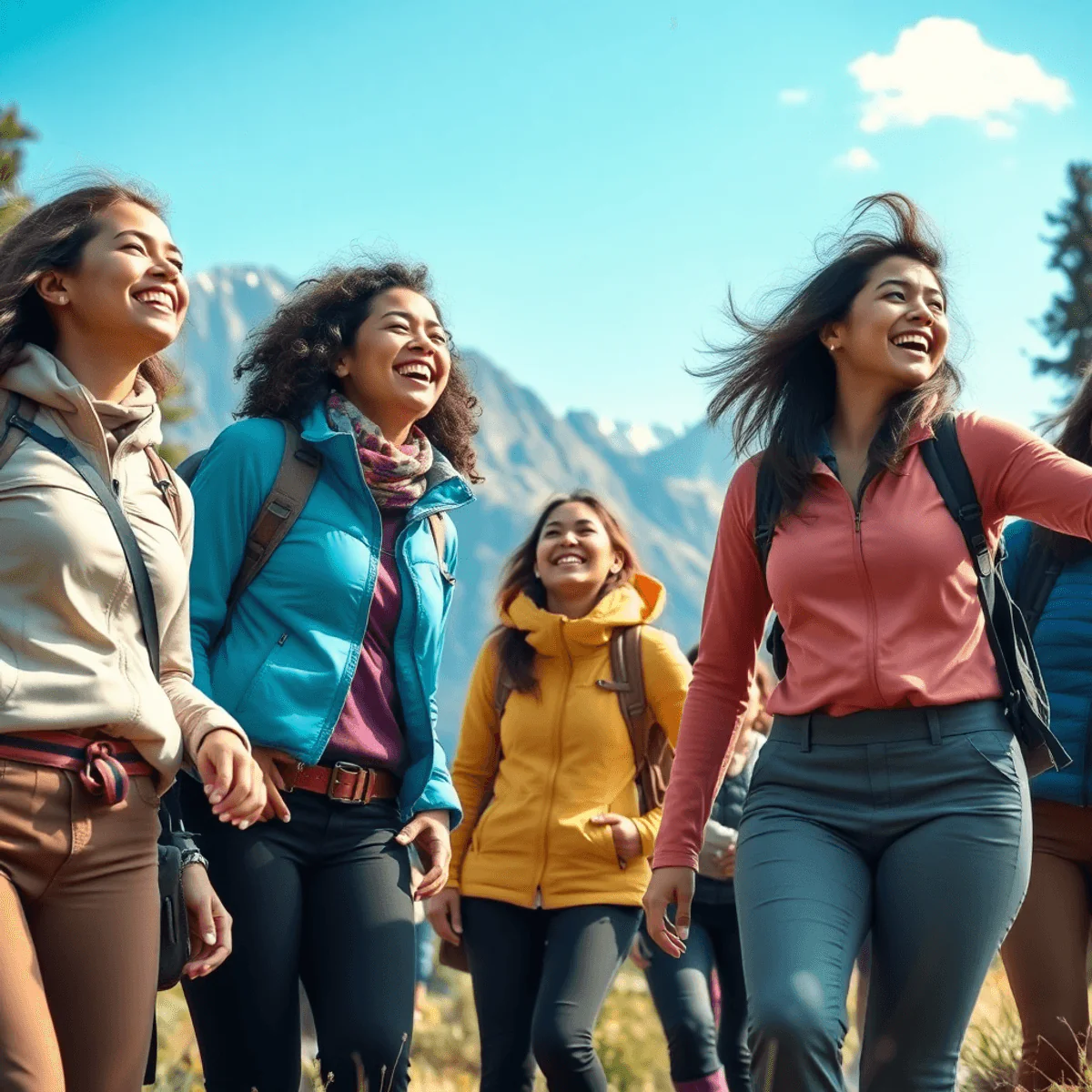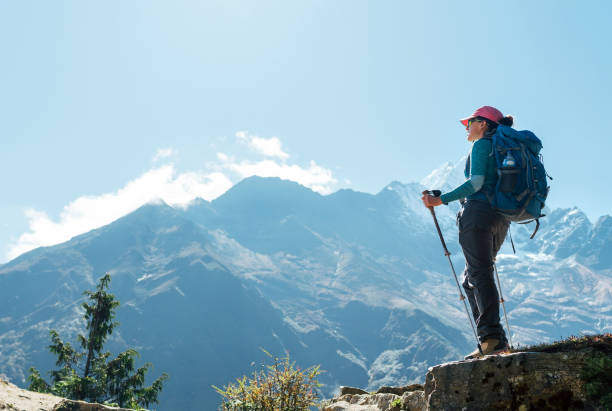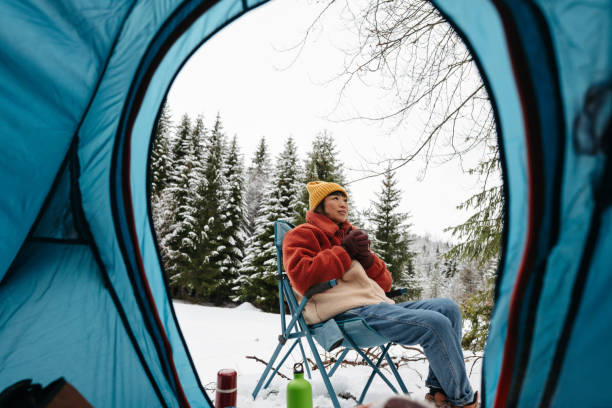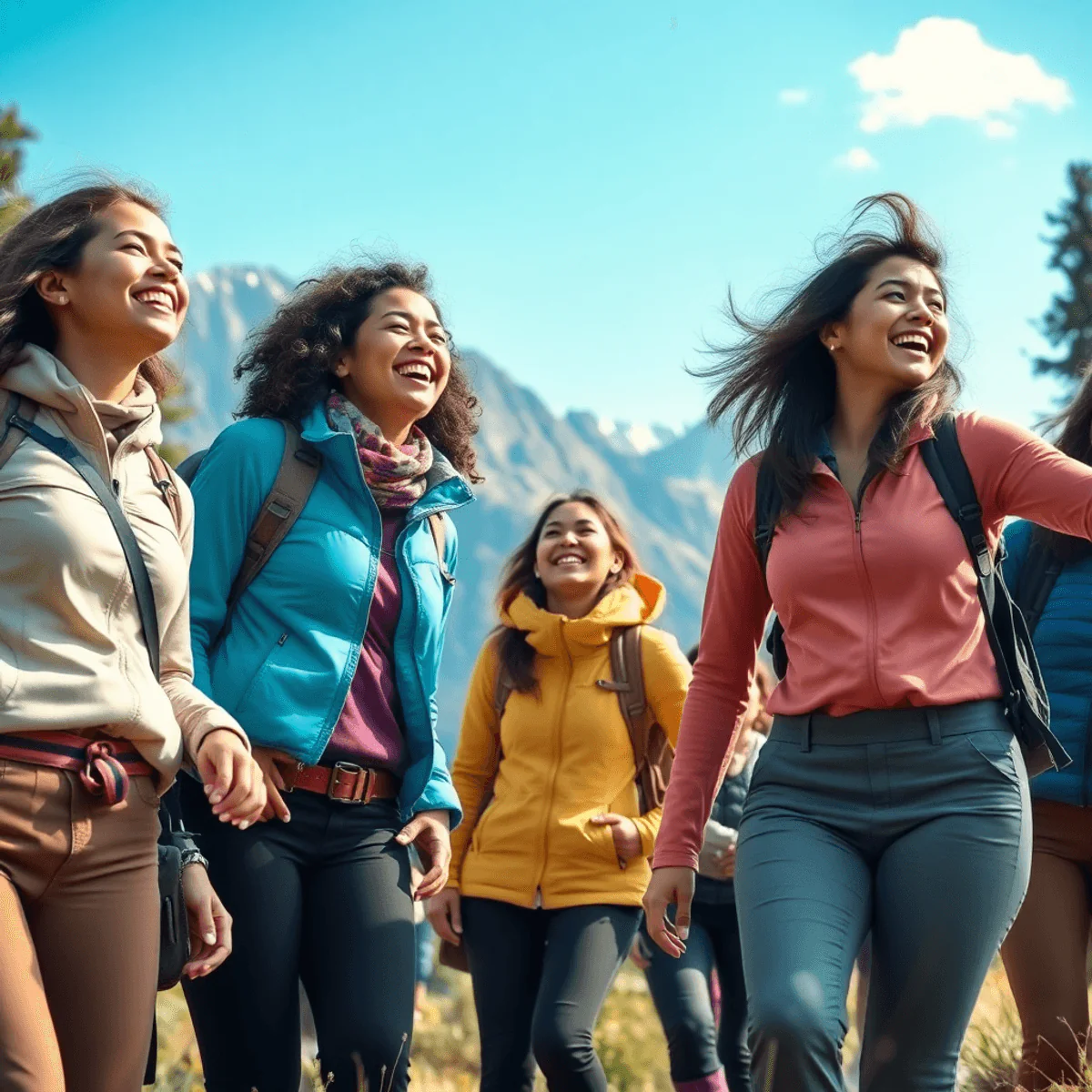Venturing into the great outdoors demands preparation, knowledge, and the right gear to ensure a safe and enjoyable experience. Whether you're planning a light day hike or a multi-day backcountry adventure, selecting the appropriate hiking equipment is vital for your comfort and safety. In this comprehensive guide, we delve deep into the art of choosing the best hiking gear for your next adventure, providing tips, statistics, and insights that adhere to Google's E-A-T guidelines, ensuring trust and reliability.
Introduction: The Importance of Quality Hiking Gear
The hiking industry has evolved exponentially, with the U.S. outdoor recreation industry contributing $887 billion annually to the economy. As more people flock to nature, understanding the essential gear for hiking becomes crucial not only for personal enjoyment but also for safety and environmental preservation.
Understanding Your Hiking Goals and Location
The first step in selecting the right hiking gear is understanding the specifics of your hike. Considerations such as climate, terrain, altitude, and trail difficulty all play a role in determining what equipment you'll need. From arid deserts to icy mountains, each environment presents unique challenges.
Footwear: Importance of the Right Hiking Boots
Your feet are your foundation, and the right footwear can make or break your hiking experience. According to industry studies, 70% of hikers report foot discomfort as a significant issue during hikes. Choosing boots with excellent traction, ankle support, and breathability tailored to your trail type is essential.
|
Boot Type |
Ideal Use |
Key Features |
|
Trail Runners |
Short, light trails |
Lightweight, flexible |
|
Hiking Boots |
Varied trails, moderate weight |
Ankle support, durable |
|
Mountaineering Boots |
Rugged, rocky terrains |
Insulated, crampon-compatible |
Packing the Right Apparel
Layering is the golden rule of dressing for the outdoors. It’s essential to have a moisture-wicking base layer, an insulating layer, and a waterproof outer layer. Materials like merino wool, polyester, and Gore-Tex are widely recommended by experts for their breathability and insulation properties.
Backpacks: Choosing the Right Size and Features
The size of your backpack should correlate with the length of your hiking trip. For day hikes, a 20-30 liter pack is sufficient, while multi-day hikes may require larger capacities of 50+ liters. Features to consider include hydration compatibility, number of compartments, and adjustability.
|
Backpack Capacity |
Trip Duration |
Features |
|
20-30 liters |
Day hikes |
Lightweight, hydration sleeve |
|
35-50 liters |
Overnight trips |
Extra compartments, rain cover |
|
50+ liters |
Multi-day hikes |
Heavy-duty, frame support |
Navigation and Safety: The Essentials
Ensuring you have reliable navigation tools like a map, compass, or GPS is pivotal. Statistics show that 42% of hiker rescues involve individuals who lost their way. Coupled with a first-aid kit, multi-tool, and fire-starting tools, your hiking gear will keep you prepared for emergencies.
Hydration and Nutrition: Staying Energized
Maintaining hydration and energy is critical. For longer hikes, consider a hydration bladder for easy access to water. The average hiker needs to consume at least 2-3 liters of water a day, along with compact, high-energy foods like nuts, trail mix, and energy bars.
Weather Readiness: Preparing for the Elements
Weather in the mountains can change rapidly. Therefore, bringing a hat, gloves, and extra socks to keep dry and warm is suggested. For unexpected rain, a ponchos or compact rain jacket should be at the top of your packing list.
Impact on the Environment: Leave No Trace Principles
As adventurers, we must ensure that nature's beauty is preserved. Practicing Leave No Trace principles helps minimize human impact on the environment. This includes packing out all trash, respecting wildlife, and staying on designated trails.
Budget Considerations: Getting Value for Your Investment
Quality hiking gear is an investment. Though initial costs may seem high, reliable and durable gear saves money long-term. Compare brands and reviews to find a balance between quality and price, ensuring the best value for your hiking needs.
Key Takeaways
Selecting the best hiking gear requires a comprehensive understanding of your hiking environment, physical needs, and budget. From the soles of your boots to the equipment in your backpack, every choice impacts your safety, comfort, and environmental footprint. Informed choices enable adventurers to experience nature responsibly, ensuring the beauty of our natural landscapes for future generations.
Considering the diverse range of hiking gear available, ensure your purchases align with your specific hiking goals and scenarios. Holistic planning leads to an enriched hiking experience, allowing you to embrace the serenity and challenges offered by nature fully. Remember, preparation is key—may your next hiking adventure be safe, enjoyable, and memorable!
For more insights and recommendations on outdoor gear and exploring the wilderness, visit Wondery Outdoors.






